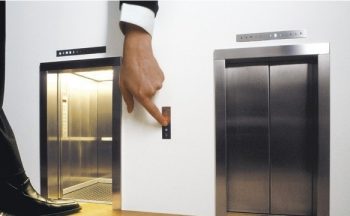 May 2020
May 2020
When it comes to obtaining products and services condo boards have discretion to choose the approach they deem preferable. One option is to work with a preferred supplier. Another is to document requirements and request proposals from multiple parties.
Working with preferred suppliers is most common and frequently provides the better outcome. Preferred suppliers tend to be preferred for specific reasons. They may be more experienced, understand your building better, and be responsive and more flexible when working with you. All of this can help keep costs down, residents happier and deliver a better outcome. Preferred suppliers are most common when the required product or service is not complex. The process can be faster, easier and more economical.
Tendering takes more time. Also known as Request for Proposal or RFP, tendering entails documenting requirements or specifications in writing and asking interested companies to submit a proposal. The corporation then has an obligation to select the winning bid based on the RFP. They enter into a contract with the company providing the winning proposal. Tendering is more common when the required product or service is expensive or complex. Developing requirements or specifications may require external expertise.
Tendering comes with certain legal obligations. There is a duty to treat each bidder in a fair manner and to act in good faith. A bidder treated unfairly may have legal recourse against the condominium corporation. They may seek to be awarded lost profits on contracts when not treated fairly during the tender process.
Neither option is ideal for all situations. Experienced boards and management have sufficient insight to utilize each in its best way. Boards should take a long-term view on costs and risk when deciding which approach to take on projects and contracts.







